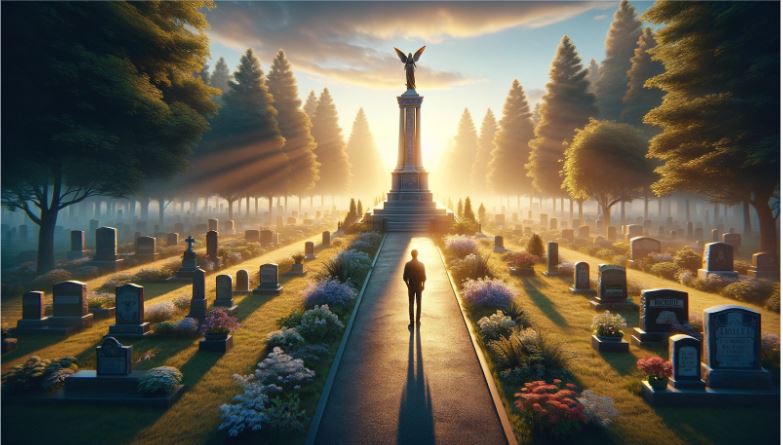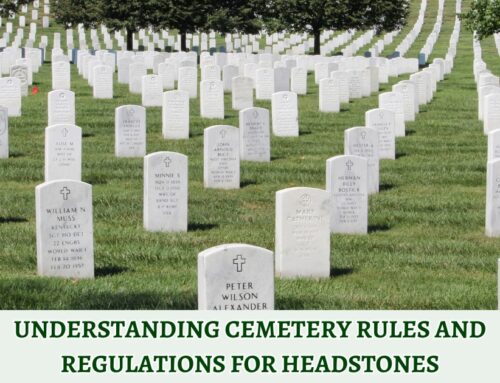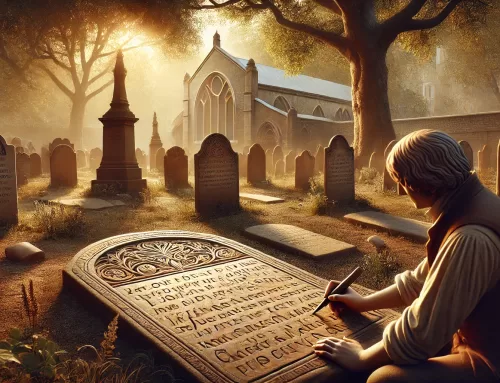Grief and Healing: How Monuments Assist in Mourning
Monuments hold a significant place in the human experience of grief and healing. These structures serve not just as physical markers but as profound symbols of remembrance and connection. They offer a tangible place where emotions can be processed and expressed, providing a pathway to emotional healing.
Personal Connection and Reflection
- Sacred Spaces for Personal Reflection: Monuments become sacred spaces where individuals can connect with their loss in a deeply personal and intimate way. The act of visiting a monument creates a dedicated time and place for reflection, allowing one to process emotions in a setting removed from daily distractions.
- Continuity and Connection: They offer a sense of continuity, bridging the gap between the physical absence of a loved one and the ongoing presence of their memory. This connection provides comfort, as it helps the bereaved feel closer to the departed, fostering a sense of ongoing relationship beyond death.
Communal Support and Collective Mourning
- Gathering Spaces for Communal Grieving: Monuments also serve as communal spaces where families, friends, and communities can come together to share memories and support each other. This aspect is crucial, as it reinforces social bonds and provides a framework for collective mourning, helping individuals feel less isolated in their grief.
- Strengthening Social Bonds: The shared experience of mourning at a monument can strengthen community ties, offering a collective space for expressing grief and celebrating the life of the departed. This communal support is invaluable in navigating the challenging journey of loss.
Personalization and Unique Tribute
- Incorporating Personal Elements: Personal touches in the design of monuments, such as engravings, specific symbols, or even incorporating elements that reflect the deceased’s personality or interests, can make the monument a unique tribute. These personalized elements ensure that the monument reflects the individuality of the departed, celebrating their life in a way that resonates with those who knew them.
- Reflecting Special Bonds: Personalization also honors the special bonds shared with the departed, making the monument not just a public memorial but a personal and intimate tribute. This uniqueness can provide a deeper sense of connection and comfort for those in mourning.
Therapeutic Design Process
- Creative Expression as a Healing Tool: The process of designing and creating a monument can be therapeutic in itself. It allows those grieving to channel their emotions into a creative process, making thoughtful decisions that honor the memory of their loved one. This engagement can be a meaningful way to process grief and find a sense of purpose in honoring the departed.
- Active Participation in Remembrance: Involvement in the creation of a monument offers a way for individuals to actively participate in remembering and honoring their loved ones, providing a sense of closure and peace.
Lasting Legacy and Comfort
- Permanent Tributes: Monuments stand as lasting tributes, ensuring that the memories and legacies of the departed are preserved for future generations. The permanence of these structures offers comfort and a sense of peace, knowing that the love and memories shared will not be forgotten.
- Enduring Memorials: The enduring nature of monuments serves as a reminder that while lives may end, the impact and memories left behind continue. This understanding can provide solace, helping the bereaved find peace in the continuity of their loved one’s memory.
Conclusion
Monuments are much more than physical structures; they are vital tools in the emotional healing process. They offer spaces for personal reflection, communal support, and the celebration of unique lives. Through their presence, the journey of grief is acknowledged and honored, providing a path toward healing and peace. Whether through personal connection, communal gathering, or the act of creation, monuments play an essential role in helping individuals navigate the complexities of loss and remembrance.






Leave A Comment